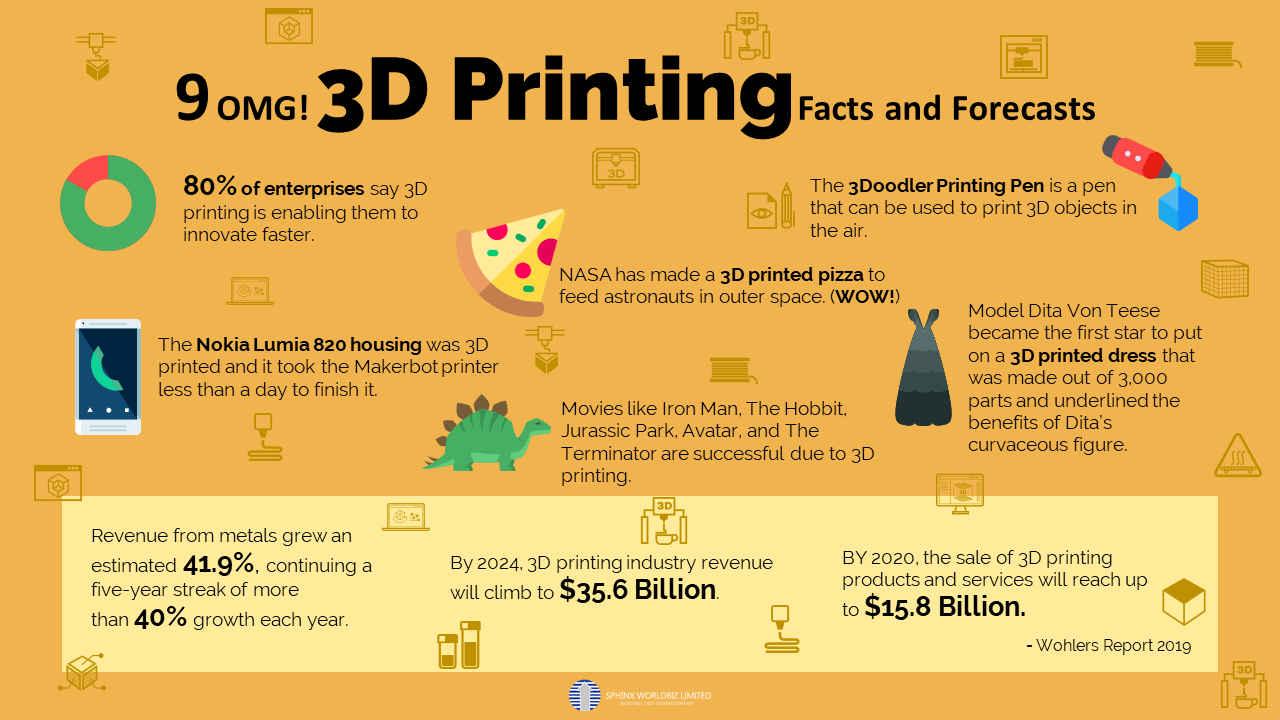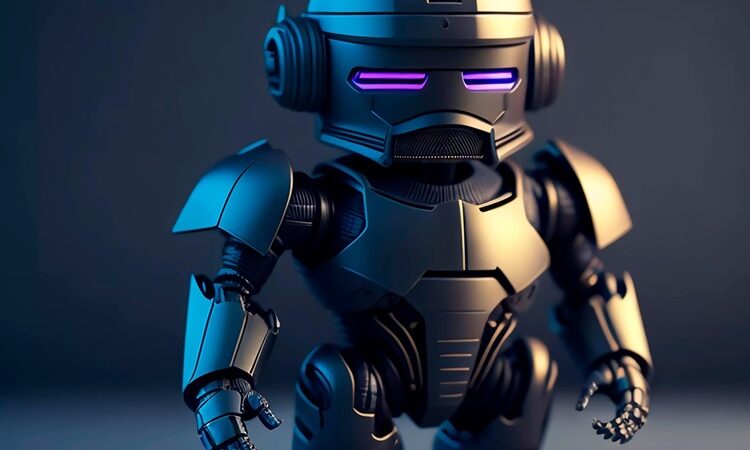Facts About 3D Printers

Welcome to the world of 3D printing! This innovative technology has taken the world by storm, revolutionizing the way we create and manufacture objects. Whether you’re an engineer, artist, or hobbyist, 3D printers have opened up a whole new realm of possibilities for bringing your ideas to life. But what exactly is a 3D printer? How does it work? And what does the future hold for this exciting technology? In this article, we’ll explore all these questions and more as we delve into the fascinating world of 3D printing. So buckle up and get ready to discover some amazing facts about this game-changing technology!
What Is a 3D Printer?
A 3D printer is a type of printer that creates three-dimensional objects by adding layers of material on top of each other. Unlike traditional printers, which print on flat surfaces, 3D printers can create objects with depth and complexity. These printers use a variety of materials, including plastics, metals, and even food products like chocolate.
One of the most exciting things about 3D printing is its versatility. With the right software and materials, you can create almost anything you can imagine. From toys and jewelry to prosthetic limbs and car parts, the possibilities are endless. As technology continues to advance, we’re likely to see even more innovative uses for 3D printing in fields like medicine and architecture.
Overall, a 3D printer is an incredibly powerful tool that allows us to bring our ideas to life in ways we never thought possible. Whether you’re an artist or an engineer, there’s no limit to what you can create with this amazing technology.
How Does a 3D Printer Work?
To understand how a 3D printer works, it’s important to first understand the concept of additive manufacturing. Unlike traditional manufacturing methods that involve removing material from a larger block or shape, 3D printing builds objects layer by layer using a digital model.
The process begins with the creation of a 3D model using computer-aided design (CAD) software. This model is then sliced into thin layers, which are sent to the 3D printer. The printer uses this information to create each layer of the object by melting and depositing material in precise locations.
The material used can vary depending on the type of printer and application, but common materials include plastics, metals, and even food products like chocolate or dough. Once all layers have been printed, the finished object is removed from the printer and any support structures are removed.
Overall, 3D printing offers an incredibly versatile and customizable way to manufacture objects with intricate designs and complex geometries. As technology continues to advance, we can expect even more exciting developments in this field.
The History of 3D Printing
The history of 3D printing is a fascinating one, dating back to the 1980s when the first 3D printer was invented by Chuck Hull. The technology has come a long way since then, and today’s 3D printers are capable of producing complex objects with incredible precision.
Over the years, 3D printing has been used in a variety of industries, from aerospace and automotive to healthcare and fashion. It has revolutionized the way we think about manufacturing and has opened up new possibilities for designers and engineers.
One of the most exciting developments in recent years has been the rise of desktop 3D printers, which are now affordable enough for individuals to own and use at home. This democratization of technology means that anyone with an idea can bring it to life without needing access to expensive machinery or facilities.
As we look to the future, it’s clear that 3D printing will continue to play an important role in shaping our world. From personalized medical implants to sustainable construction materials, there are endless possibilities for this innovative technology.
The Future of 3D Printing
As 3D printing technology continues to advance, the future of this industry looks bright. One exciting development is the ability to print with a wider range of materials, including metals and even living tissue. This opens up new possibilities for creating complex structures and functional objects that were previously impossible to produce.
Another area of growth is in the use of 3D printing for mass production. As the cost of printers and materials decreases, it becomes more feasible for companies to use 3D printing as a cost-effective alternative to traditional manufacturing methods. This could lead to a shift in the way products are designed and produced, with greater customization and flexibility.
Overall, the future of 3D printing is full of potential for innovation and creativity. As more people become familiar with this technology and its capabilities, we can expect to see even more groundbreaking applications emerge in fields such as medicine, architecture, and aerospace engineering.
5 Myths About 3D Printing
When it comes to 3D printing, there are many myths and misconceptions floating around. Let’s take a closer look at some of the most common ones.
Myth #1: 3D printing is only for hobbyists and enthusiasts.
While it’s true that 3D printing started out as a niche hobby, it has since expanded into many industries. From healthcare to aerospace, 3D printing is being used to create everything from prosthetics to airplane parts.
Myth #2: 3D printers can only print small objects.
While early 3D printers were limited in size, modern machines can print objects that are several feet tall or wide. Some printers even have the ability to print entire houses!
Myth #3: 3D printing is too expensive for most people.
While high-end industrial-grade 3D printers can cost tens or even hundreds of thousands of dollars, there are now many affordable options available for home users. Entry-level desktop printers can be purchased for under $500.
Myth #4: All 3D printed objects are fragile and brittle.
This may have been true in the past, but advances in materials science have led to the development of stronger and more durable materials for use in 3D printing. Objects printed with these materials can be just as strong as traditionally manufactured items.
Myth #5: Anyone can easily design and print anything they want with a 3D printer.
While it’s true that anyone can learn how to design objects for 3D printing using software like Tinkercad or Fusion360, it still requires skill and practice to create complex designs that will print successfully. Additionally, not all designs are suitable for 3D printing due to factors such as
Conclusion
In conclusion, 3D printing is a fascinating technology that has revolutionized the manufacturing industry. It allows for the creation of complex and intricate designs that were previously impossible to produce using traditional manufacturing methods. As we have seen, 3D printers work by building up layers of material to create a three-dimensional object. Although the technology has been around for several decades, it is only in recent years that it has become more accessible and affordable to the general public. As such, we can expect to see even more exciting developments in this field in the coming years. Despite some common misconceptions about 3D printing, it is clear that this technology has enormous potential and will continue to play an important role in shaping our future.






